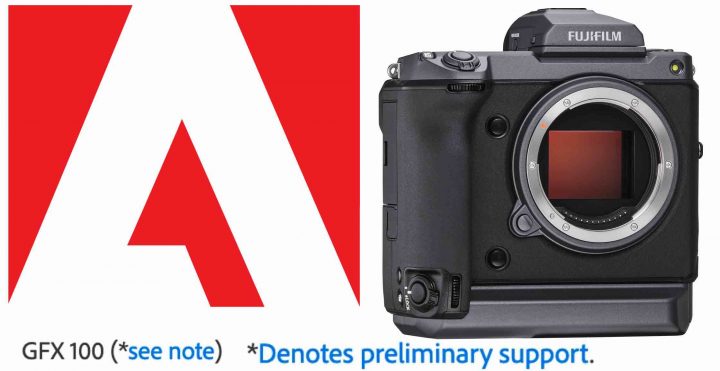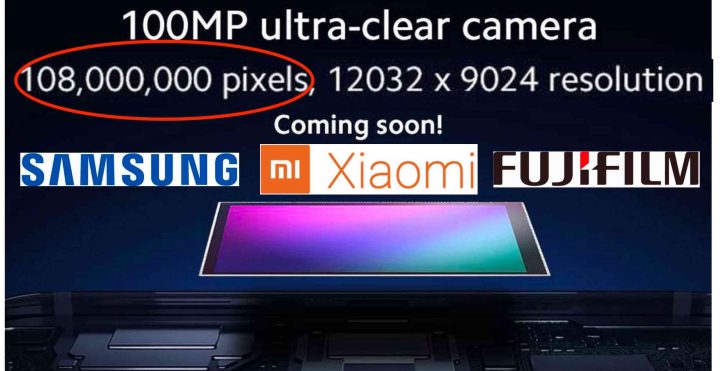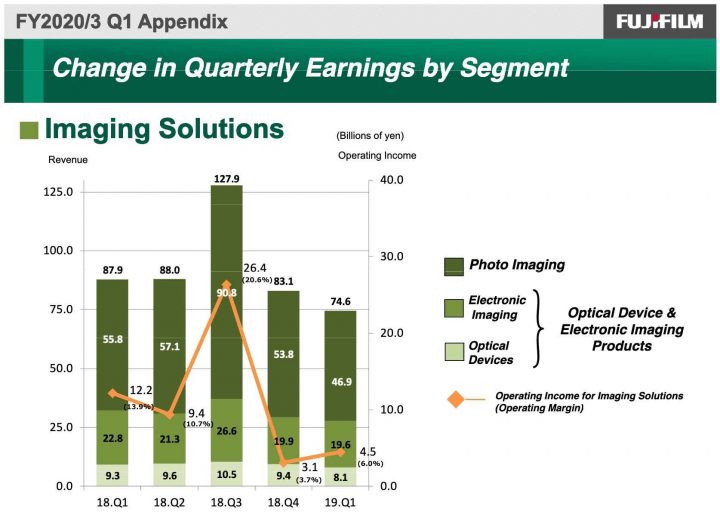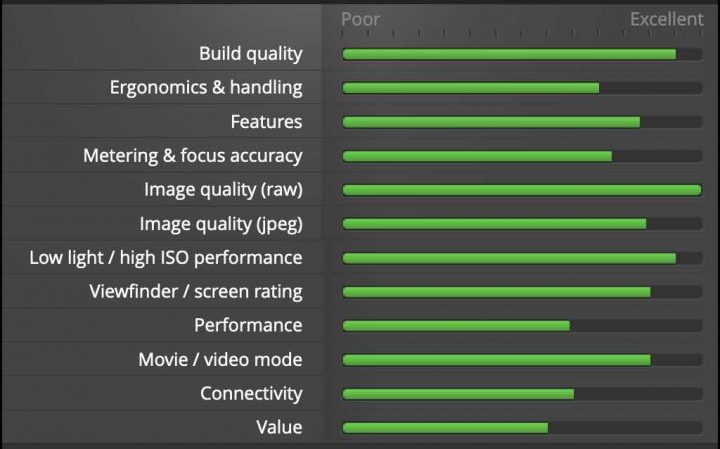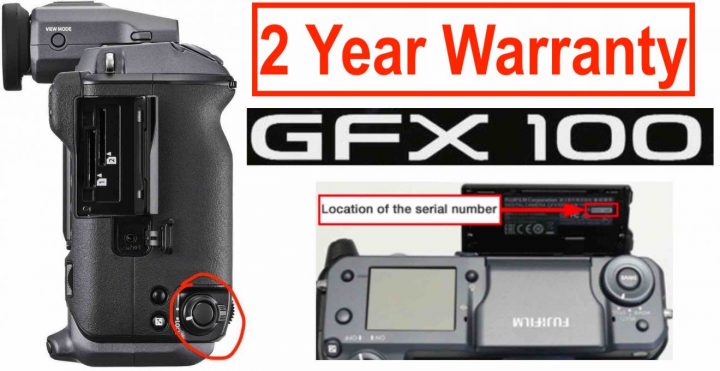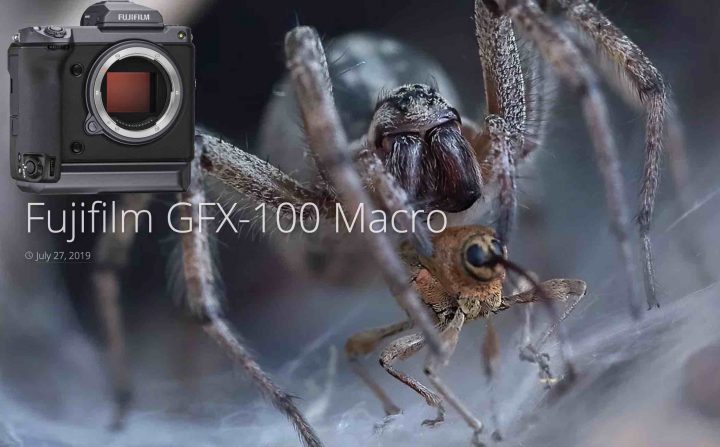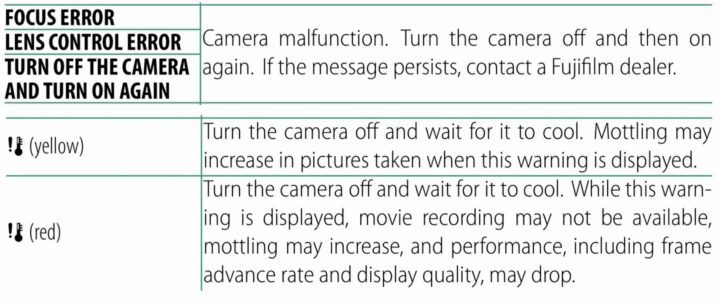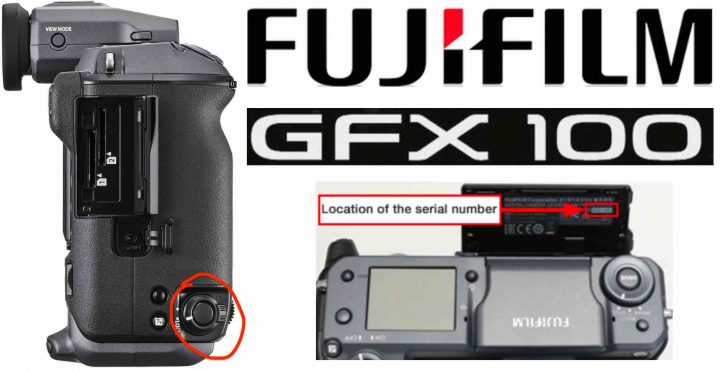2019/2020 EISA Awards for Fujifilm X-T3 and Fujifilm GFX100 and a Look Behind the Lucrative Award Business
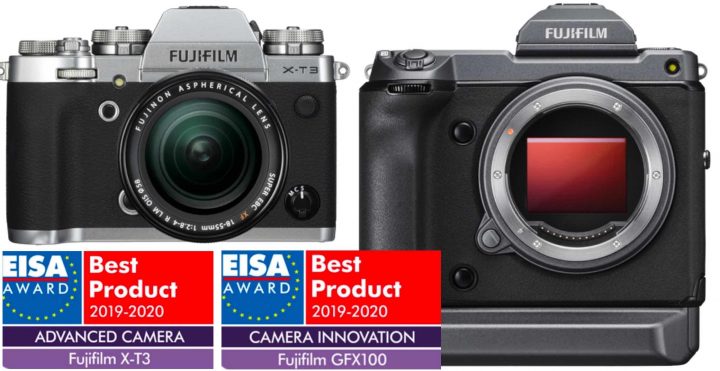
EISA AWARDS
Ok, let’s start with the news. The following photography products won the EISA award 2019/2020.
Cameras
- Fujifilm X-T3 – Best Advanced Camera
- Fujifilm GFX100 – Best Camera Innovation
- Nikon Z6 – Camera of the Year
- Sony a6400 – Best Photo/Video Camera
- Panasonic S1R – Best Advanced Full Frame Camera
- Canon EOS RP – Best Buy Full Frame Camera
- Sony RX100 VI – Best Compact Camera
Lenses
- Tamron 35-150mm f/2.8-4 Di VC OSD – Best Buy Zoom Lens
- Canon RF 28-70mm F2L USM – Lens Innovation
- Sony FE 135mm F1.8 GM – Best Portrait Prime Lens
- Nikon NIKKOR Z 24-70mm f/2.8 S – Best Professional Standard Zoom Lens
- Sigma 70-200mm F2.8 DG OS HSM Sports – Best Professional Telephoto zoom lens
- Canon RF 50mm F1.2L USM – Best Standard Prime Lens
- Canon RF 24-105mm F4L IS USM – Best Standard Zoom Lens
- Canon EF 600mm fF4 IS III USM – Best Super-telephoto Prime Lens
- Sony FE 400mm F2.8 GM OSS – Best Telephoto Prime Lens
- Sigma 60-600 F4.5-6.3 DG OS HSM Sports – Best Telephoto Zoom Lens
- Sony FE 24mm F1.4 GM – Best Wide-Angle Prime Lens
- Tamron 17-28mm F2.8 Di III RXD – Best Wide-Angle Zoom Lens
More Photography Awards
- Skylum Luminar – Best Photo Software
- Huawei P30 Pro – Best Smartphone
- Sony Real-Time Eye AF – Best Photo Innovation
Follow FujiRumors on Facebook, Facebook, RSS-feed, Twitter, Youtube and Instagram

